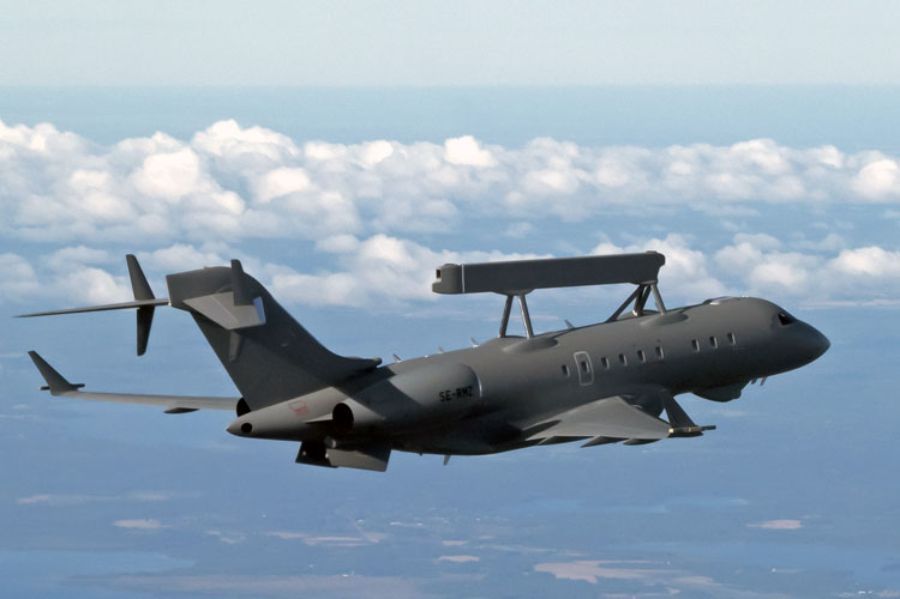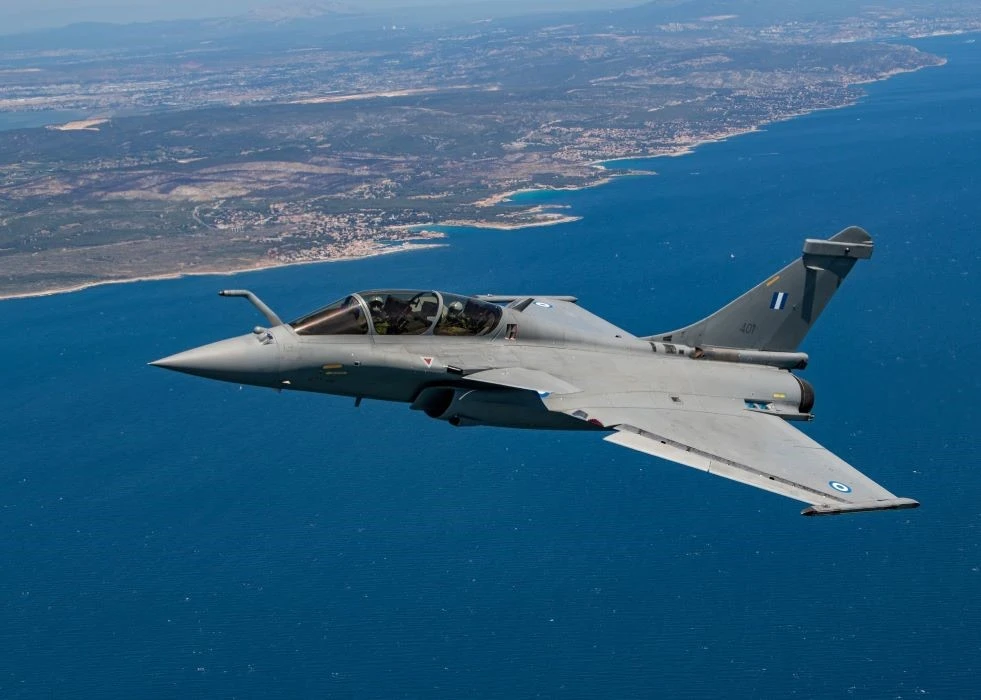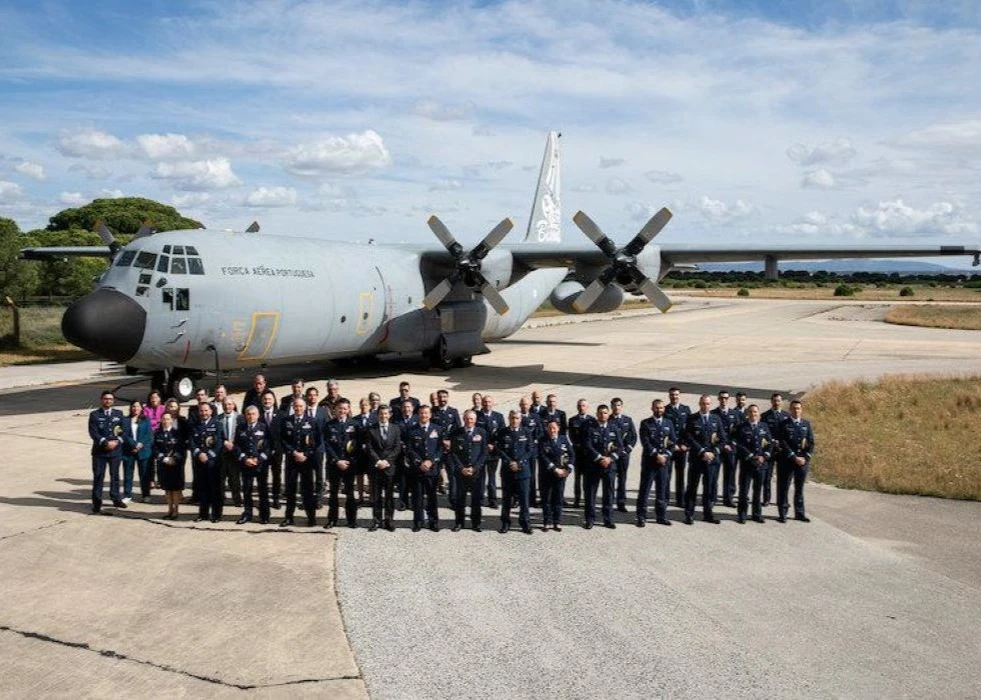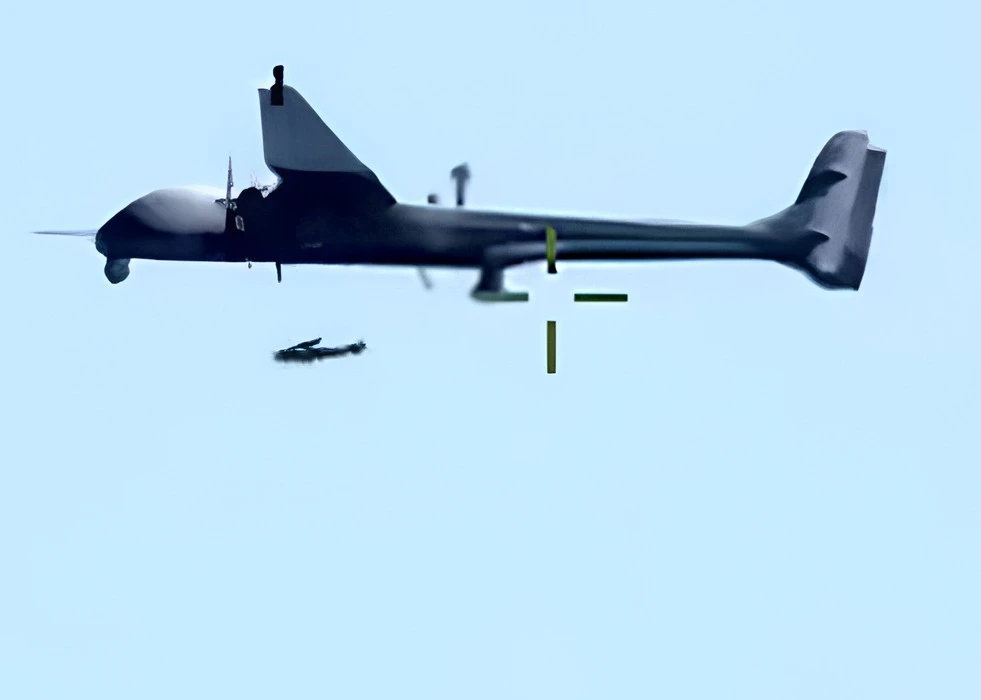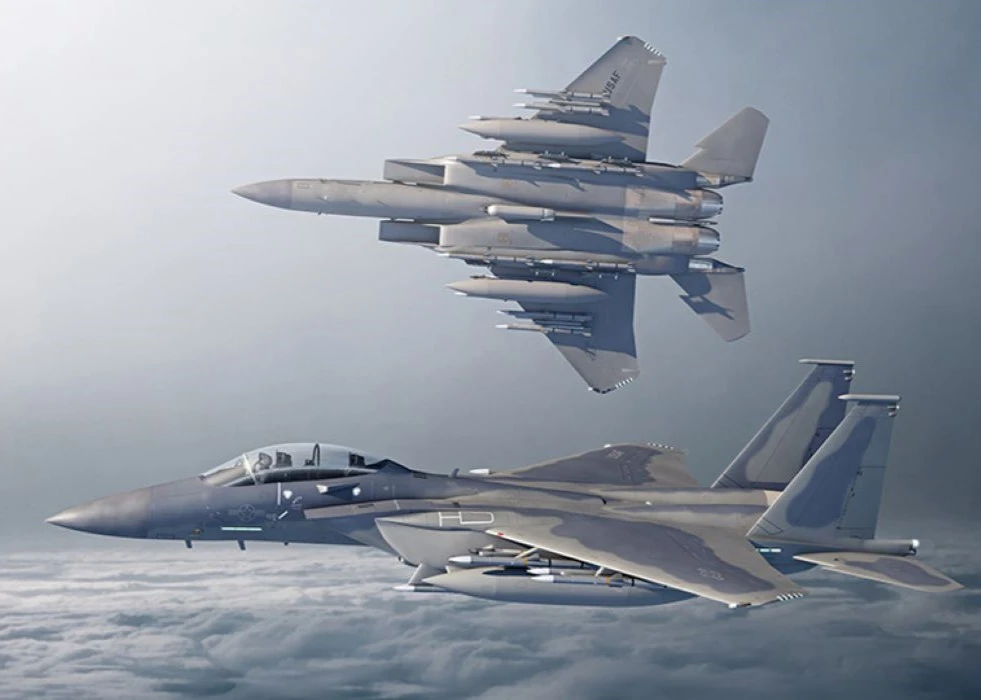NATO Support and Procurement Agency (NSPA) has conducted a request for information (RFI) regarding the GlobalEye aircraft as a new surveillance aircraft platform. On Feb. 21, the Swedish company Saab announced that it had responded to a Request for Information (RFI) from the NSPA as part of the Alliance Future Surveillance and Control (AFSC) project to gain next-generation surveillance and control capability.

Saab offers GlobalEye aircraft to replace 14 E-3A Sentry airborne early warning & control (AEW&C) aircraft. NATO operates the aircraft from its airbase in Germany. The E-3A fleet is scheduled to be retired in 2035.
Regarding GlobalEye, it is a multi-domain AEW&C aircraft platform. The aircraft has various active and passive sensors, such as Erieye ER (extended range) active antenna multi-mode radar above the fuselage in a 10-meter long "ski box", a maritime surveillance radar under the fuselage, an electro-optical and infrared sensor under the cockpit, an Electronic Support Measures (ESM) or Electronic Intelligence (ELINT) sensor on the wingtips, an IFF and ADS-B sensor that can detect and identify long-distance objects in the air, on the ground and at the sea surface.

The company stated that the aircraft provides real-time information and enhances situational awareness of forces operating in multiple domains for early detection of various adversaries.
Administered by the NSPA, the AFSC programme is funded by 30 NATO allies and partners under a co-financing effort.
The programme is currently in the concept stage, initiated by the North Atlantic Council in 2017, to develop and analyse potential concepts capable of meeting NATO"s future needs.
Last December, Luxembourg provided additional funding to support various activities under the AFSC initiative.

